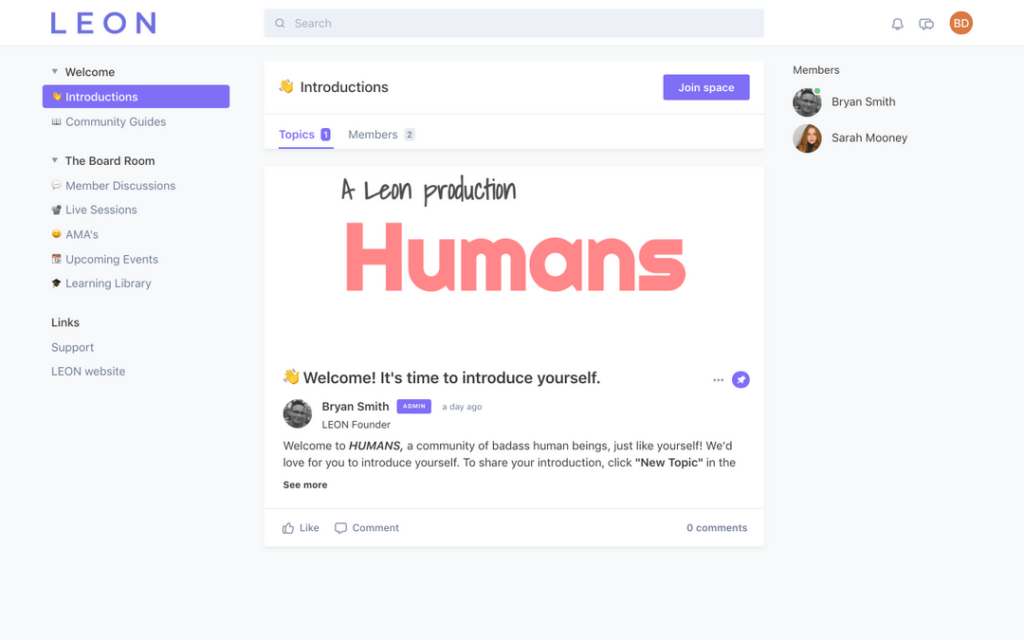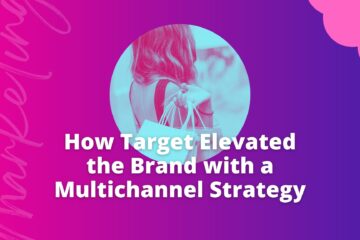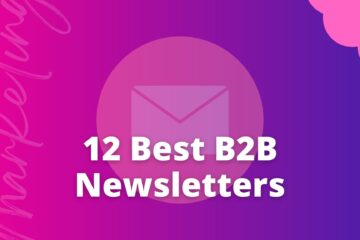
How COVID-19 Inspired A Pre Launch Marketing Campaign

This is a guest post by my fellow marketer, Sarah Mooney. She’s leading the demand generation strategy for a company called LEON. I was so impressed by their pre launch marketing campaign and what I’ve seen them working on, I asked Sarah if she’d share some advice with my website visitors. She generously wrote this up to outline what she’s learned from this project.
Every startup hits a rough patch.
I’ve never seen or heard of a company having a smooth path to success. Dorothy followed a brick road to get home, however, even she had hardship along the way.
With so many resources out there, companies are provided with an array of tips and tricks to pave a road to success.
But! Roads have a crap ton of potholes, and it can be a bumpy ride, folks. So if you’re growing a company or planning a pre launch marketing campaign, fasten your seatbelt.
LEON hit a pothole. Our company’s pothole was named ‘COVID-19,’ and she really wasn’t pretty. She resulted in layoffs, pay cuts, the loss of our office, and some serious depression.
We had a really cool product, it was loved by many of our client companies and their employees. But with the debut of COVID-19, our product couldn’t be used, and it ultimately trickled into something that became irrelevant.
Forget the boogieman. It’s a marketer’s nightmare to have a product that no one can use.
So…what the hell did we do?

We put our shiny thinking caps on and designed a COVID-proof product. We weren’t going to let COVID shatter our spirits. No way, not again.
Developing a new product isn’t easy. There’s actually a lot of work involved (who knew, right?).
You can’t just come up with an idea, and call it a product. You can’t just hire a developer, slap something together and call yourself a company.
There’s something called “market fit,” and it’s a buzzword in the startup world. Why? Because if your product sucks, no one is going to use it. On top of that, if there’s no need for it, you’re extremely screwed. You would have developed something for nothing.
Marketing is known for being expensive, but engineers aren’t cheap. The first draft never makes the cut, and there are always many revisions needed – that to me, screams CHA-CHING!
We did our research.

Our Co-Founder and COO, Bryan Smith, met with hundreds of people. People within our target audience. Department heads, and HR professionals for tech companies of various sizes.
He found out what their problems were within the world of employee wellness and performance. Asked them bluntly if they would take interest in what we were attempting to build and what features they cared to see.
After all that, we developed some pretty mockups and gathered some more data from our target audience.
We made sure to not whisper a word to our Dev team until we had all of the aforementioned laid out.
And all of this led us to develop LEON 2.0, the world’s first-ever AI-powered employee performance platform.
What was my role as a marketer?

I’m Sarah, your marketer next door. I’m the Director of Demand Generation at LEON.
Demand generation and lead generation are very different.
Lead generation focuses on targeting people who are in-market and converting them into paying customers.
Demand generation focuses on building demand through brand awareness and ultimately turning that awareness into customers. It’s a longer conversion cycle, but being that our product isn’t available and that we’re developing a product that doesn’t currently exist, we have to generate awareness.
With that said, impressions was the name of our game. We focused on getting our brand in front of as many people as possible.
Before the pre launch marketing campaign announcement, we were getting just a couple hundred visitors to our website daily.
Suddenly when we announced our pre launch campaign, we went up to 50,000 visitors in one day. That spike in traffic led us to get 3,000 waitlist subscribers in 7 days without any marketing budget.
Here’s how we did it.
First I joined what felt like a trillion Facebook, Slack and Linkedin groups, plus distribution websites.
Then I pretended to be a part of the gang. I dove in headfirst and got to know the ins and outs of these communities.
If you’re looking to do the same, I recommend you let your curiosity run free. Lurk around, and check out the members. See how they interact with one another, and if they fit your audience. Are they within your ICP?
You’ll immediately notice that self-promotion isn’t allowed. It’s forbidden, and if group admins could throw you in jail for it, they definitely would.
You need to indirectly promote yourself. This is how I did that.
I was innocently asking groups for feedback. In order for them to share feedback, they must click the link and consume what I’m selling on my website.
Once you dive into these groups, you’ll notice a few people will be doing what I have done.
However, what drove my posts to have success was the “Fair warning, our tone is a little aggressive.” That raised people’s curiosity.
But prepare yourself.
The feedback we got was insane. There were a massive number of haters in addition to a massive number of lovers. Take a look.
We didn’t let these negative comments crush our spirits. All press is good press, right?
What’s next?
Of course we had to launch on Product Hunt.
It drove a generous amount of traffic to the website.
By begging all of our friends to upvote the product and leveraging Product Hunt Facebook groups, we were able to see some success there.
Ok, but what now?
I submitted daily blasts on the following channels:
- Hackernews
- Indiehackers
- Growthhackers
- Designernews
- Relevant Reddit subreddits
Here’s something else we did. While it didn’t have much success, it was a wicked idea.
Everytime someone joined the waitlist, we told them that they would get priority access if they shared LEON on Twitter. The tweet was prewritten and we used Click to Tweet to set it up. Check it out.
We made friends and leveraged the relationship with the ones we already had.
I told you nobody knew our brand.
So we made sure to make friends.
I used Sales Navigator and Amplemarket to reach out to companies with a similar ICP and asked them if they’d be interested in doing some co-marketing. It’s a you-scratch-my-back-I-scratch-your-back partnership.
We leveraged access to our partners’ clients and MQL lists to promote our pre-launch.

And then we asked them to feature us on their website, social media, and newsletter. We even have/had some podcasts in the pipeline.
A massive bonus is that our partners were intrigued enough to join our waitlist themselves. At the end of the day, they were a part of our target audience, too.
And our old friends / existing connections? Before the launch, we reached out to a bunch of friends. We asked if they’d be interested in sharing the news about our pre-launch. If they said yes, we forwarded them a blast to share.
Some final words of advice.
Building a brand is not a race.
And when you don’t have any budget to spend on marketing you need to be scrappy.
It will take longer to convert clients, and it will involve a lot of manual work. But at the end of the day, it’s worth it.
For more on Sarah’s journey with LEON and other smart marketing insight, follow Sarah on Medium or connect with her on LinkedIn.
Want to talk more about marketing? Follow me on LinkedIn to see my daily content. Or sign up for my newsletter and get marketing insight delivered to you weekly.



